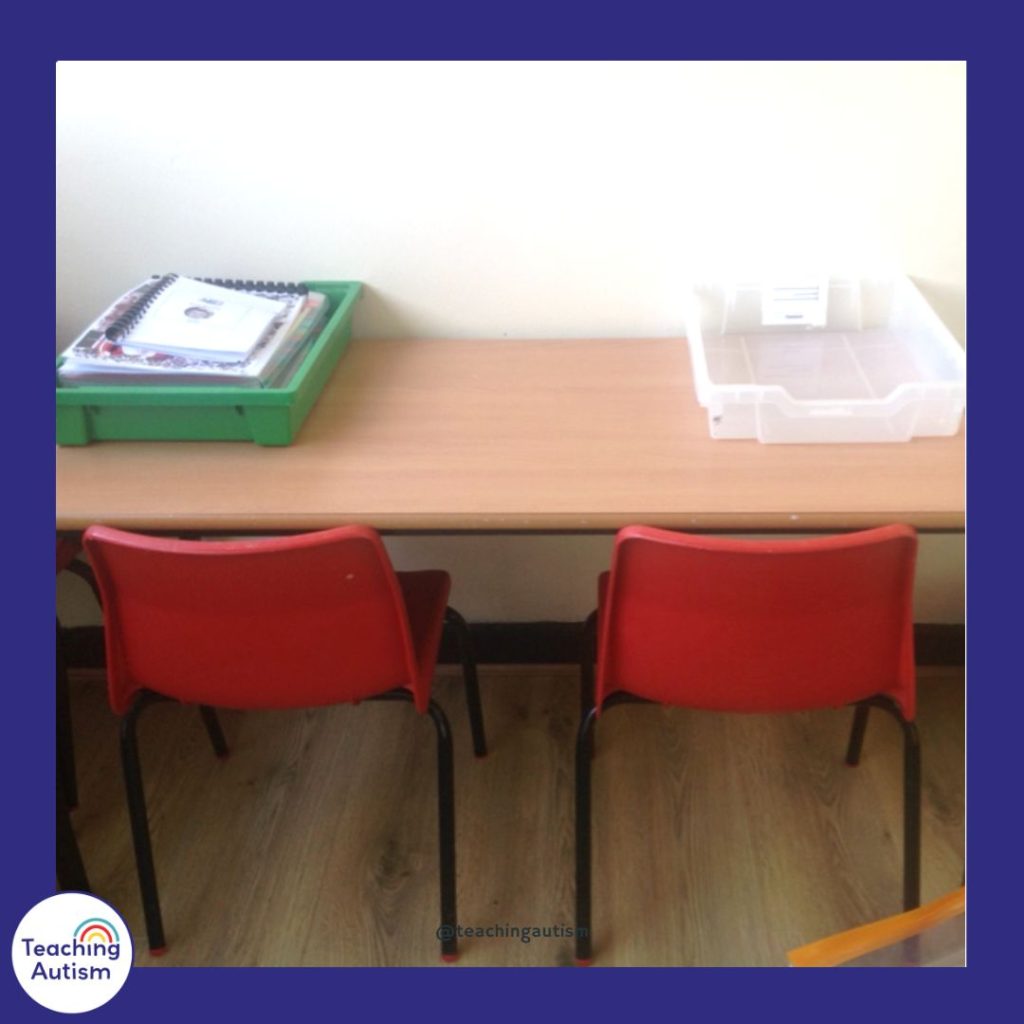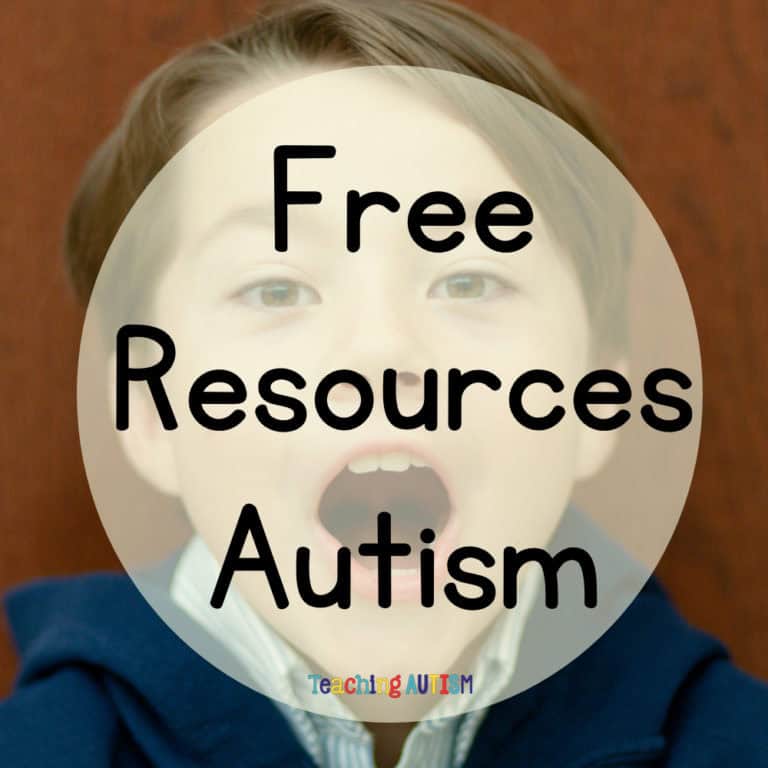What are Independent Work Stations?
What are independent work stations?
This is a question that I get asked a lot when I’m visiting other schools, leading training or offering advice/support. And in this blog post today I’m going to be talking all about independent work stations, how to use them and what the benefits of using them are.
Independent work stations are an essential part of my classroom, and have been for many years. These work stations are designed to provide my students with the opportunity to work independently on specific tasks or activities. By providing them with this, I am allowing them to develop their skills and increase their independence.
Types of Independent Work Stations
Like with anything in teaching, everyone sort of puts their own spin on things. And I love that! Because it gives us so many opportunities to learn from each other. And one thing that I have learned is that there are a lot of different ways that educators use these work stations in their classroom.
My Independent Work Stations
In my classroom, I have it set up as a work station for each student to use. Now, the tricky part is that I have room for 3 independent work stations and have 6 students. And this is probably going to be the case for many of us – just not enough room! So the way that I have it set up is that 2 students share the same desk and they take it in turns to work.
So on Monday Student A works first on Desk 1 while Student B has choice. When Student A has finished, they go and have choice while Student B comes to Desk 1 to work.
Each student has two trays. A start tray and a finished tray. The start tray is on the left side of the table and the finished tray is on the right. Students have to work their work through the start tray. And with each activity they complete, they put it into the finished tray. This gives students a visual of what they need to work through. But it also gives me a chance to work on their independence.
They know that they need to complete each task in the start tray.. And put it into the finished tray when they are done. When the start tray is empty.. Their work is complete. This is great if you get called away for a situation. Or maybe if you have a substitute in to help out – your students can continue to be successful at these stations.
It also allows my students to understand what is happening. I am at my work station.. Which means I am working. These work stations are in a separate part of my room that is secluded away from distractions making it easier for my students to work.
Other Types of Work Stations
Some of the other types of work stations that I have seen when visiting other classrooms or have heard from educators are..
Task Box Stations
I LOVE task boxes. You’ll know this already if you’re part of my task box library! A lot of educators I know have a station that is solely for task boxes and they rotate their students through this station as part of their centers.
These work stations typically consist of a series of boxes or containers, each containing a specific task or activity. Students can work through the tasks at their own pace, ensuring that they have time to fully understand and complete each activity before moving on to the next.
Computer Stations
Another type of independent work station is a computer station. These work stations typically consist of a computer or tablet, with software or apps designed to provide students with learning activities that are appropriate for their skill level. These work stations can be particularly effective for students who struggle with reading or writing, as they can provide audio and visual prompts to help students understand the activities.
Sensory Station
This is one that I do actually have. It just means that I can contain the sensory ‘mess’ the can sometimes happen to one area/table.
A sensory station is designed to provide students with sensory input that can help them regulate their emotions and behavior. Sensory stations may include items such as bean bags or cushions, fidget toys, or calming music. It can also be where sensory bins are used as a center option.
Why Use Independent Work Stations?
Independent work stations have become an essential tool in many special education and autism classrooms due to their promotion of self-regulation and independence.
These work stations provide a structured environment that facilitates the acquisition of various skills through repetition and routine. They also help students to remain engaged and focused. Even if their 1-1 or support staff is currently unavailable or supporting multiple students.
How to Set Up Work Stations?
First, you are going to want to find an area of your classroom to set up the desks. You don’t have to have a desk for every student – you can do like I do and rotate through students.
The area should be free from any distractions and enough room between desks so that students aren’t distracted by each other. You also want it to have enough room where you can store materials as well if necessary.
Then, you are going to want to organize the station. I like to have a start and finished tray – as discussed in this blog post from earlier on. I also like to have a photo of the student on the wall in front of their desk (if you are putting them up against a wall – if not, have them on the table). This helps gives them some ownership. I then switch it to the next student when they are due to come work at the station.
Once the area is set up, introduce the independent work stations to your students by showing them how to use the materials and complete the tasks. It is important to provide clear and concise instructions, as well as visual supports such as pictures or written instructions. It is also important to rotate the tasks regularly to keep the students engaged and motivated.
What are the Benefits?
There are several benefits to using independent work stations in your classroom.
Firstly, they promote independence and self-regulation, which are essential skills for our students.
Secondly, they provide a structured and predictable environment that will help your students to feel more secure and less anxious.
Finally, they allow you and your support staff to work with students one-on-one or in small groups, while other students are engaged in independent work.
If you want to set up independent work stations but are feeling overwhelmed with where to start – let me help you out! I have put together all my favorite resources needed to set up independent work stations. And you can get them here.
P.S. Have you signed up for a 3 day free trial of our VIP membership yet? If not, click here to do it now and go and get access to a huge range of resources, templates, crafts and more for free.








